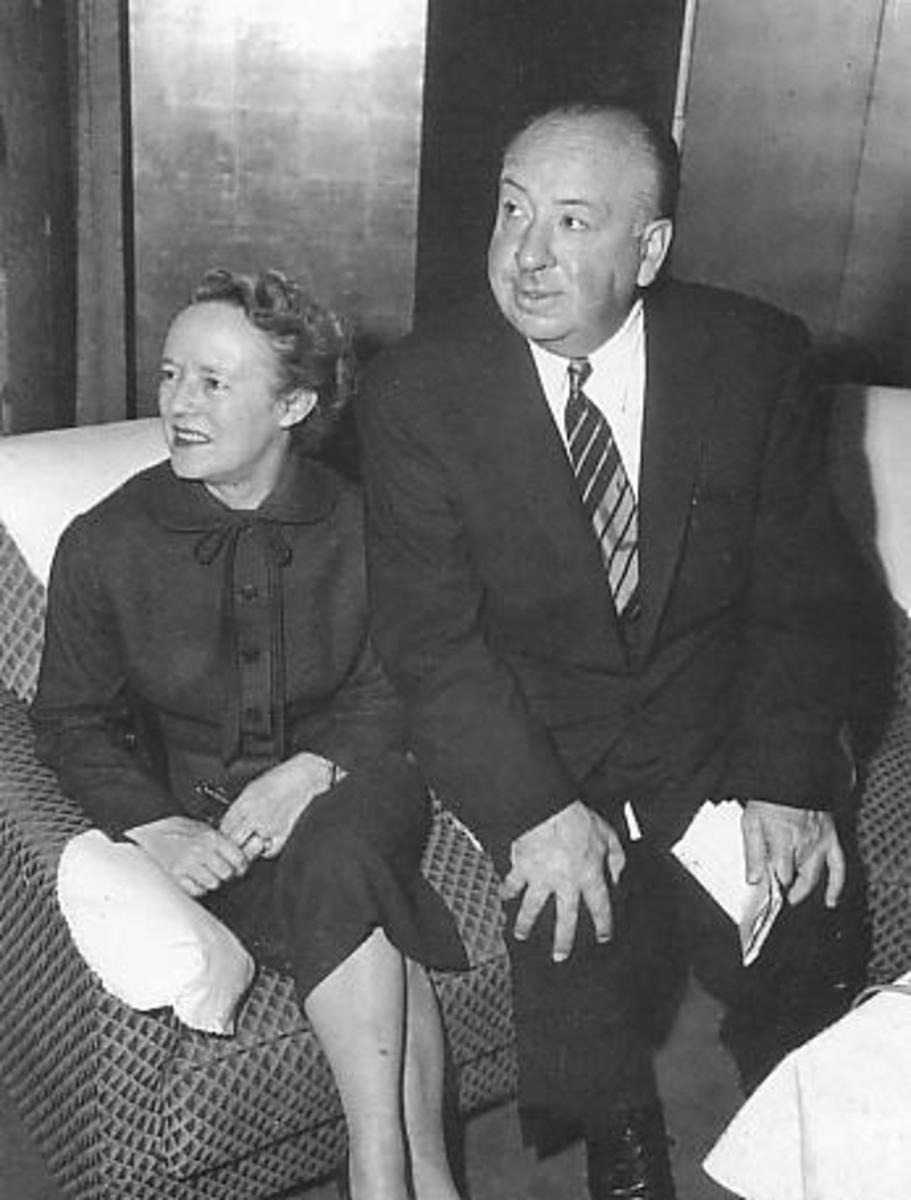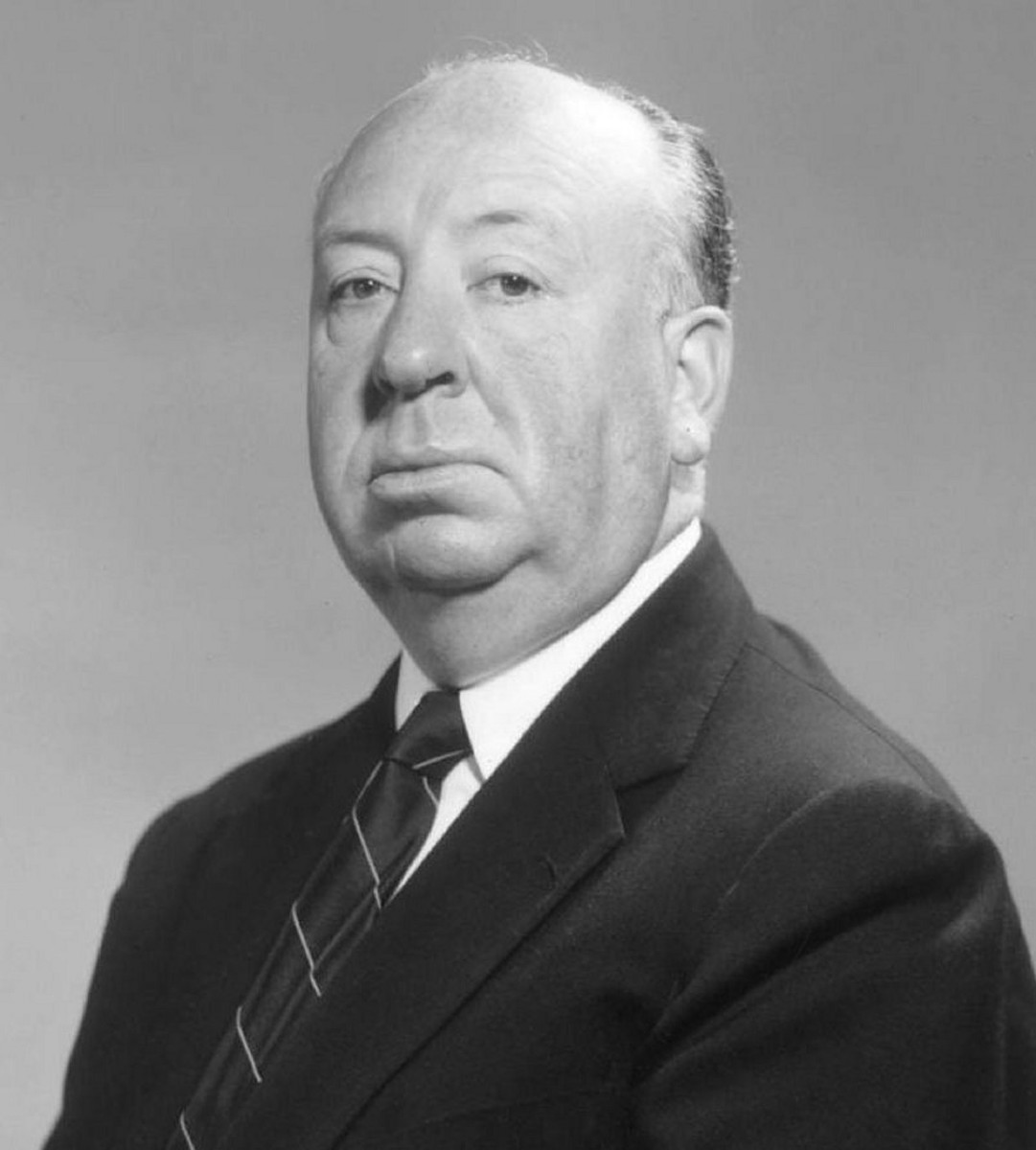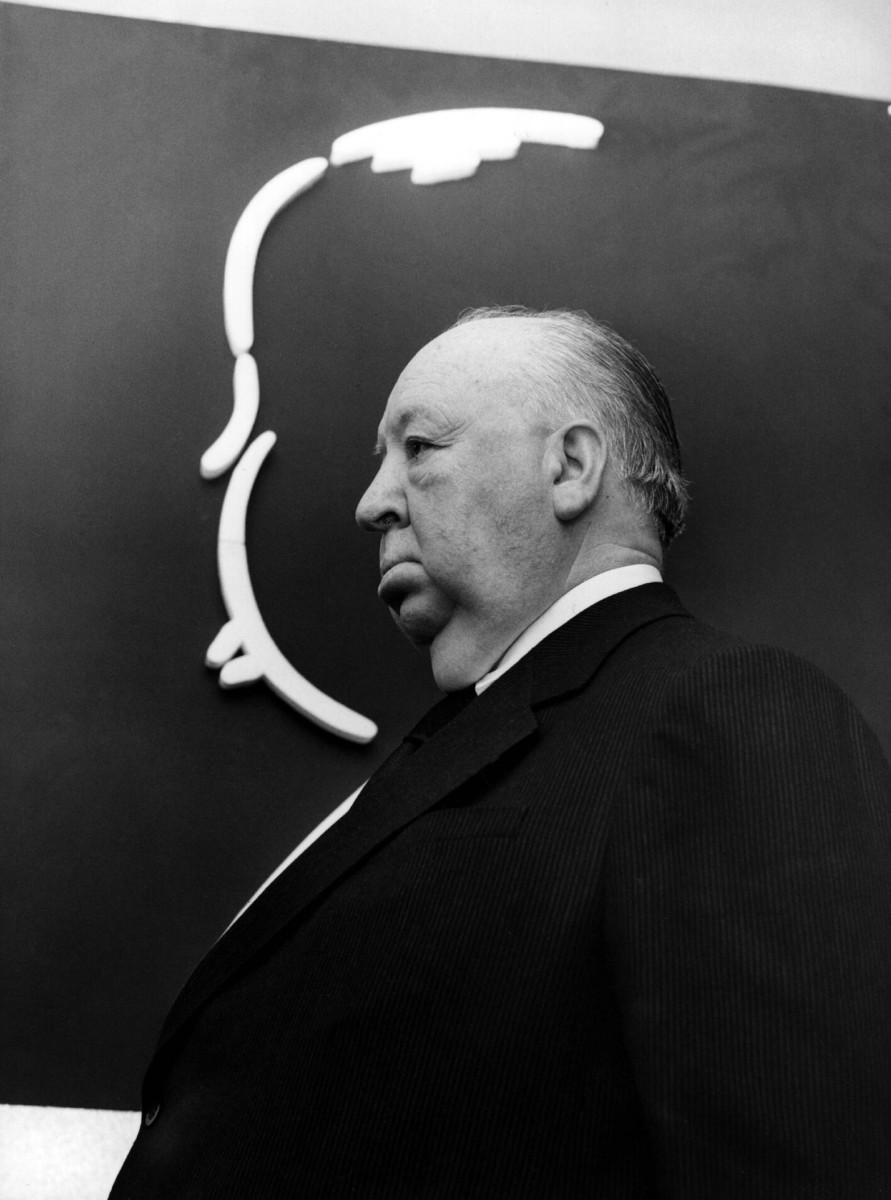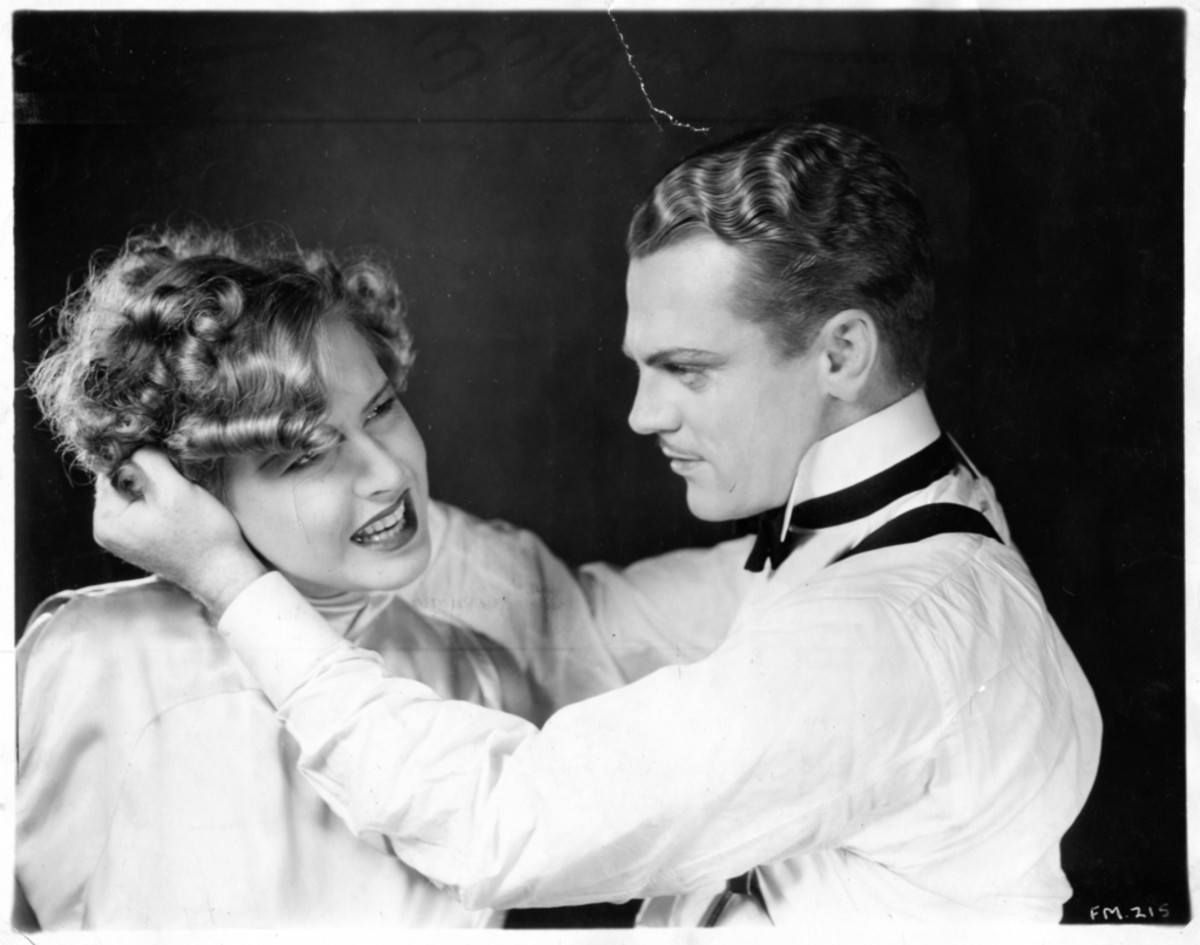PSYCHO by Alfred Hitchcock: A Film Critique
Alfred Hitchcock's Psycho
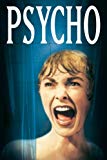
Psycho by Alfred Hitchcock: A Film Critique
Psycho the film is an Alfred Hitchcock masterpiece which was released in the United States (US) in 1960. It is a horror-thriller which starred Vera Miles, Janet Leigh, John Gavin, and Anthony Perkins. The film revolves around the story of Marion Crane played by Janet Leigh who after taking her client’s money ended up being killed by Norman Bates played by Perkins. It gives a sneak peek into the mind and life of Bates as an abused child who suffered mental delusion leading to a gruesome world of murder and pretension. Indeed, this is a beautiful film to be studied since it shows the dark side of schizophrenia. The movie received Academy Award nominations including Best Director and Best Supporting Actress (Moore, 2010).
Criteria of Abnormality
The four Ds are the criteria for personality disorder. These are deviance, distress, dysfunction, and danger. All of these four Ds are evident in the Psycho film. The deviance criterion was evident in the individual cases of Norman and Marion. Ms. Crane’s unsure decision whether to keep the stolen $40,000 or return. Although she later decides to return it, it was a rather shallow mind considering that she even spent money for another car so as not to be traced by the police (Moore, 2010). Norman’s case is evident in his split personality disorder and his method of creating and living two distinct persons in one. Even the night which Marion heard Norman and his mother Norma (yet only one person) is strong evidence that Norman has a unique yet deadly talent in manipulation and presentation. The distress criterion is noticed on the reactions of the people around Norman see him. First is the Detective Arbogast who suspected Norman merely for his speech problem. From an angle this also is seen as deviance yet the heightened sense of suspicion linking Marion and Norman from a mere speech disorder seems off. Next would be Sam and Lila also exhibited distress following Arbogast’s suspicion. The dysfunction criterion is seen in Norman’s speech disorder. Notice how Sam, Lila, Arbogast, and even Marion have shown distrust or suspicion directly or indirectly to Norman mainly because of his stammering and stuttering. Additional to this is the schizophrenic condition of Norman which creates a major problem of trust among the people around him and limits his mobility and performance. The last criterion of danger is presented as the schizophrenic condition of Norman kicks in and starts slaughtering his unsuspecting victims. The process of creating his own problem through his make-believe world puts his life in grave danger (Ormel et. al., 2014).
Psychological Disorders
A major portion of the movie dwells on the psychotic world of Norman as he believes his mother Norma is still alive and is responsible for the murders. A bizarre twist is also presented in the ending as Norman thinking he is his mother Norma is shown in jail and blames his son for committing the murders. This disorder which can only be diagnosed is commonly referred to as schizophrenia. It lexical definition states that “it is a mental disorder often characterized by abnormal social behavior and failure to recognize what is real” (Hirsch & Weinberger, 2003). Several symptoms of this disorder are inactivity, false beliefs, auditory hallucinations, confused and unclear thinking, and reduced emotional expression and social engagement (Baum, 2006). All of these explain why it was impossible for Norman to have a normal life and how he was able to commit such gruesome killings. Take the case of the auditory hallucinations. This is how he was able to provide to distinct persons even heard by Marion before her death. When he attacked Argobast, it was another case of delusion where he thought that Argobast may be his mother’s lover trying to take her away from him. Even Sam and Lila did not escape his delusions.
Models of Abnormality
Since schizophrenia is a clear mental disorder, this portion explains why the behavior of Norman is considered so. An article written by Susan Kassin in the American Psychiatric Association (APA) gives clear guidelines on what constitutes a real psychological disorder. She wrote the following as pattern: “(1) the person is experiencing significant distress or impairment, (2) the source of the problem resides within the person and is not a normal response to negative life events, and (3) the problem is not a deliberate reaction to conditions such as poverty, prejudice, or conflicts with society” (Vol.3). All three pattern or criteria fit well with the conditions of Norman. What made him into what he is portrayed in the movie was the traumatic experience he had had with his mother as a child. Eventually as he lost his sense of reality, he was caught up in the pretension and delusion so that neighbors would not suspect. With special focus on the second pattern or criterion, this proves that the problem was never external but something psychological. His delusion to project a normal image and to blame his mother with his crimes shows lack of mental stability. The behavioral model states that the negative behavior is acquired due to the effects of environment. This can be used to explain the schizophrenia of Norman mainly due to his environment. Note that his mother’s maltreatment made him into what he is in the film. Another angle of the problem would be how the society treats Norman considering that he exhibits speech problem. Although this may be a mere feasibility yet the social impact that the environment has on a person cannot be undermined. However, Sigmund Freud’s psycho-dynamic model possesses the most promising model of abnormality for Norman. This states that “psychological illnesses come about from repressed emotions and thoughts from experiences in the past (usually childhood), and as a result of this repression, alternative behavior replaces what is being repressed” (Cardwell, 2008). This encapsulates the entirety of the movie and shows what made Norman into the murdering character he is. The explanation of the police regarding his case following the investigation and closure of his case proves as strong evidence for this psycho-dynamic model.
Treatment Modalities
The solution to Norman’s psychological disorder was addressed with a simple case of isolation in the asylum. With Norman’s murderous plight and heinous tendencies, the movie gave justice to the ending with a simple method of isolation. Mike Cardwell wrote in his article Psychology for AS Level that “the patient suffering from psycho-dynamic disorder is believed to be cured when he can admit that which is currently being repressed.” This is not seen in the film since Norman believing he is his mother Norma blames his son Norman for the murderous plight. There was little to almost no intervention in the part of the police, society, or himself in the desire to cure Norman’s schizophrenia. However, again, in a case of extreme psychological disorder where the perpetrator can suddenly flip into a monstrous killing machine, perhaps the film made a clear cut solution that there is no other way to cure such people but to guarantee that they can never harm another through isolation.
Summary
The Psycho film is a classic example of how the family can turn someone into something. Give that the root-cause of the problem is Norman’s mother; it can be seen that Norman is a mere victim in the case. His mother is the real monster with the real psychotic behavior. From a different view, Norman may just be a mere victim yet he poses grave danger to many unsuspecting and trusting people. Perhaps there is a degree of ignorance in his case; perhaps there is a tinge of blame on the part of the society for not stepping in while Norman was still young. Clearly, there is much to be learned from the film yet ultimately it teaches that there are people who are capable of great horror and trust may be a very expensive commodity. Another lesson worth studying it that such problem should be addressed by zooming in on the root-cause and not on the mere extensions. By targeting the main root, all underlying and extensions of a problem will be fixed yet this requires focus, determination, and a concerted effort of those involved in the entire case.
References
Baum, Don (2006). Psychology (2nd ed.). Hauppauge, N.Y.: Barron's. p. 182.
Cardwell, M., Liz Clarke & Claire Meldrum. (2008) Psychology for AS Level. London. Harper Collins Publishers Limited. N.p. Web. www. pediaview.com. Retrieved from:< https://pediaview.com/openpedia/Models_of_abnormality>
Hirsch SR & Weinberger DR (2003). Schizophrenia. Wiley-Blackwell. p. 21.
Kassin,Susan. (2009). “Clinical Psychology.” Encarta Encyclopaedia. Microsoft Company Inc., Vol. 3. N.p.
Moore, Debi (2010). "Motion Picture Purgatory: Psycho" www. Dreadcentral.com. N.p. Retrieved 2014-01-26. Retrieved from: < http://www.dreadcentral.com/news/15221/motion-picture-purgatory-psycho/>
Ormel, J., Laceulle, O.M., Jeronimus, B.F. (2014). "Why Personality and Psychopathology Are Correlated: A Developmental Perspective Is a First Step but More Is Needed". European Journal of Personality 28 (4): 396–98.


